
|
Gizmodo – George Dvorsky The surprising discovery of a 2,800-year-old monumental structure in Tabasco, Mexico, is shaking our conceptions of Maya civilization and its emergence as a cultural force. |
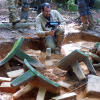
|
Point of Beginning – Jeannie Kever Fernandez said they identified evidence of two main cities and several smaller settlements, indicating not the mythological city but instead extensive traces of an ancient civilization that… |
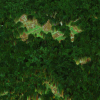
|
LIDAR Magazine – Andrew Moller and Juan C. Fernandez-Diaz The rainforests in Central and South America give little indication of the civilizations that they’ve swallowed up. A few centuries ago these regions were home to bustling indigenous cities… |
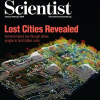
|
American Scientist – William E. Carter, Ramesh Shrestha, and Juan C. Fernandez-Diaz Using lasers on low-flying aircraft, archaeologists can map previously unexplored sites and calculate how many people may have inhabited them. |
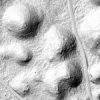
|
The Christian Science Monitor – Eva Botkin-Kowacki "The use of the technology is definitely increasing," says Craig Glennie, an assistant professor of engineering at the University of Houston and principal investigator at the National… |

|
Eos – Jenessa Duncombe A team of 18 researchers has now mapped more than 61,000 structures in the Maya lowlands. How? Two words: airborne lidar. |
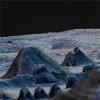
|
The New York Times – Nicholas St. Fleur Hidden pyramids and massive fortresses in the jungle. Farms and canals scattered across swamplands. Highways traversing thickets of rain forest. These are among more than 61,000 ancient… |
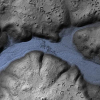
|
Houstonia – Dianna Wray The year was 2012; the place, the Honduran rainforest. A small plane flew overhead, dangling an expensive pulsing laser over the dense, leafy canopy. Within just a few hours, Ramesh… |
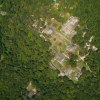
|
The Daily Cougar – C. McRae Peavy Deep in the verdant tropical jungles of Guatemala, a joint research team, including a UH-based organization, used advanced technology to pierce the thick canopy and find ancient Mayan… |
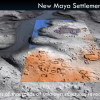
|
University of Houston Researchers at the National Center for Airborne Laser Mapping, or NCALM, say the discovery of tens of thousands Maya structures (temples and houses), sophisticated agricultural systems and… |